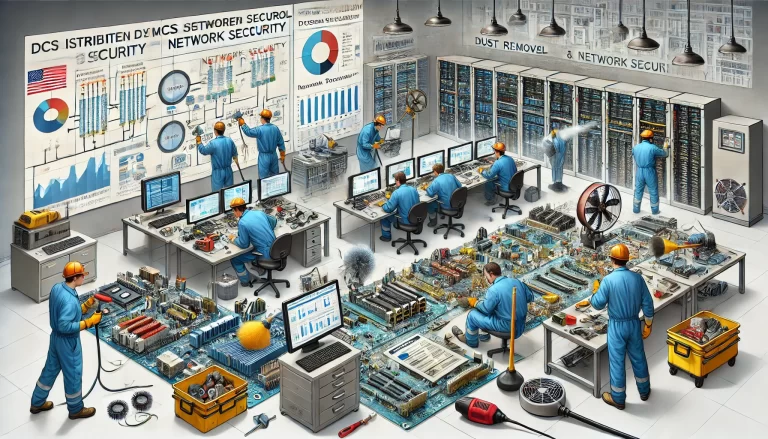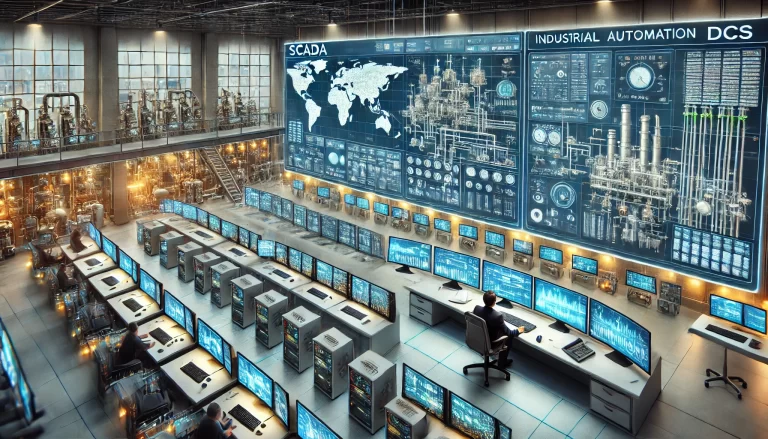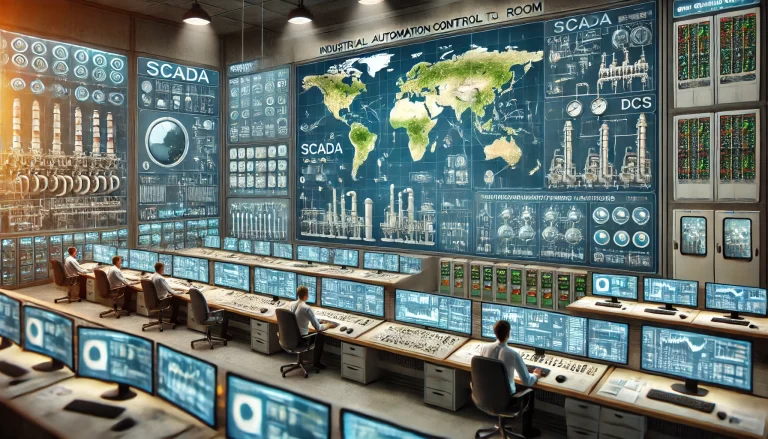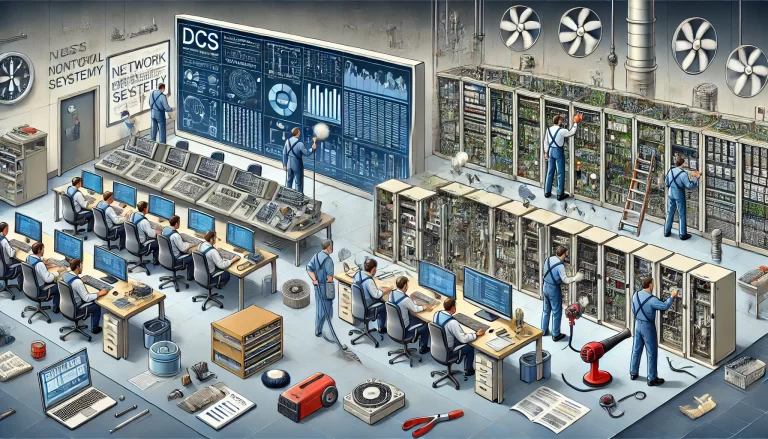Introduction
In industrial automation, safety and process control are managed by distinct systems designed for different purposes: the Distributed Control System (DCS) and the Safety Instrumented System (SIS). Understanding whether safety interlocks can be implemented through DCS requires a deep dive into their fundamental differences, capabilities, and safety standards.

1. Distinction Between DCS and SIS
Distributed Control System (DCS):
DCS is primarily designed for process control and operational efficiency. It manages routine operations such as monitoring process variables, adjusting control loops, and optimizing production workflows. The DCS is optimized for high availability and continuous operation but does not prioritize safety-critical functions.Safety Instrumented System (SIS):
SIS is specifically engineered to perform safety functions. It detects hazardous conditions and initiates protective actions (e.g., emergency shutdowns, isolation of equipment) to prevent accidents. SIS systems are designed with high reliability, fault tolerance, and must comply with specific safety standards, including Safety Integrity Levels (SIL) defined in IEC 61508 and IEC 61511.

2. Can DCS Implement Safety Interlocks?
While it is technically possible to implement safety interlocks using a DCS, it is generally not recommended or permissible for critical safety functions. The reasons are as follows:
Insufficient Safety Integrity:
DCS architectures are not designed to meet high Safety Integrity Level (SIL) requirements. Critical safety systems typically require SIL2 or SIL3 compliance, which demands rigorous design and verification that DCS cannot guarantee.Limited Fault Tolerance:
DCS systems prioritize process availability over fault tolerance. In the event of hardware or software failures, DCS may not reliably execute emergency actions, posing significant safety risks.Lack of Physical and Logical Isolation:
SIS systems are often physically and logically isolated from DCS to prevent cross-system failures. DCS lacks this isolation, making it vulnerable to cascading failures.Non-compliance with Safety Standards:
Safety functions must comply with international safety standards (IEC 61508, IEC 61511), which DCS systems typically do not fulfill. This non-compliance could lead to regulatory violations and increased liability.
3. Integrated Control and Safety Systems (ICSS)
Modern automation solutions sometimes use Integrated Control and Safety Systems (ICSS), where both DCS and SIS are integrated into a unified platform but with strict physical and logical separation between control and safety functions. Notable ICSS platforms include:
Siemens PCS 7 with S7 F Systems
Emerson DeltaV SIS
Yokogawa ProSafe-RS
These systems ensure that while process control and safety functions share a common environment, safety-critical tasks are handled by independent and SIL-compliant components, maintaining necessary isolation and reliability.

4. Situational Exceptions and Considerations
There are limited scenarios where DCS might manage low-risk interlocks, but these should be carefully assessed:
Non-critical Interlocks: For non-critical or low-risk processes, DCS may handle interlocks, provided that a thorough risk assessment is conducted.
Layered Protection Approach: In some cases, DCS may serve as one layer in a multi-layered safety approach, with SIS acting as the final safeguard.
However, these applications must be justified through rigorous safety analysis and compliance checks.
5. Safety Standards and Compliance
International standards explicitly distinguish the roles of SIS and DCS:
IEC 61508: Functional safety of electrical/electronic/programmable electronic safety-related systems.
IEC 61511: Functional safety for the process industry sector.
These standards mandate that safety-critical functions must be implemented on systems specifically designed and validated for such purposes. DCS typically does not meet these stringent requirements.

Conclusion
In conclusion, Distributed Control Systems (DCS) are not suitable for implementing safety interlocks due to their lack of compliance with safety standards, insufficient fault tolerance, and the absence of necessary isolation. Safety Instrumented Systems (SIS) are purpose-built for handling safety-critical operations and must be used to ensure regulatory compliance and operational safety. Where integrated solutions are required, ICSS platforms offer a compliant and reliable alternative by maintaining strict separation between control and safety functions. Ensuring the proper deployment of safety systems is essential for protecting both personnel and assets in industrial environments.
